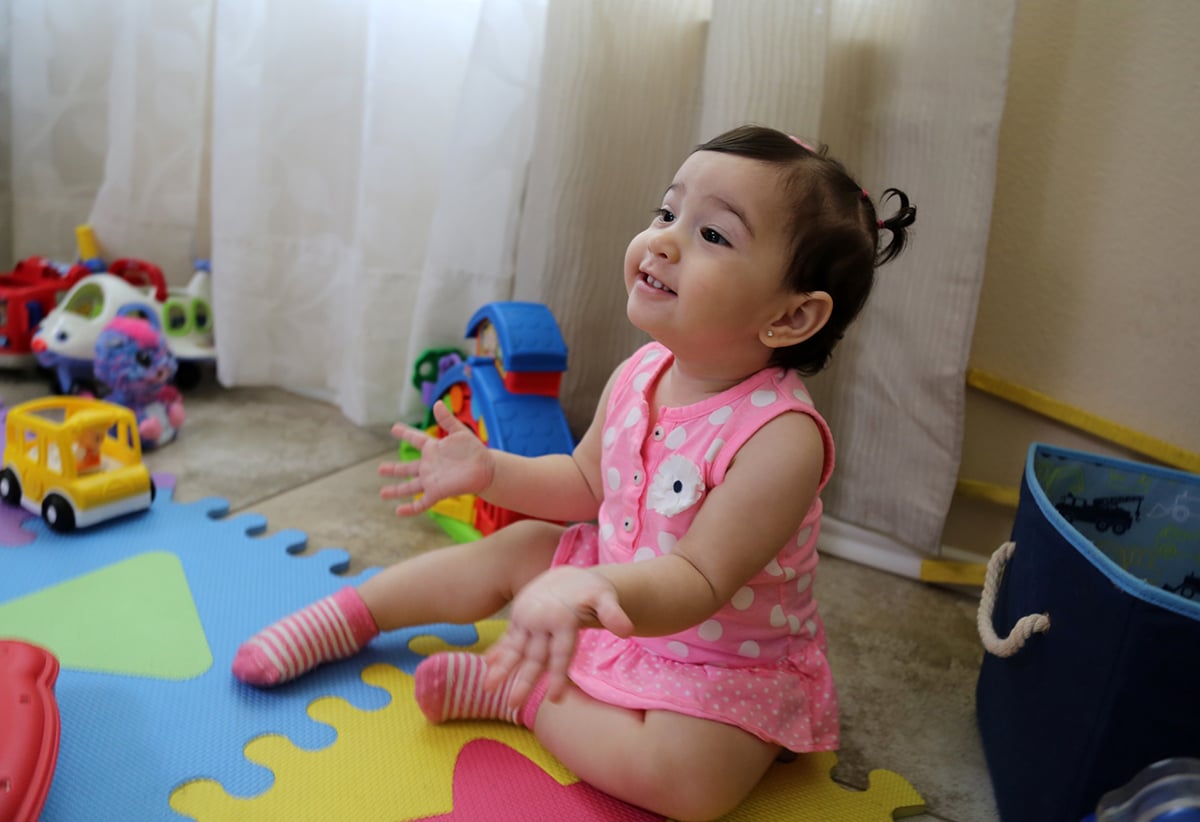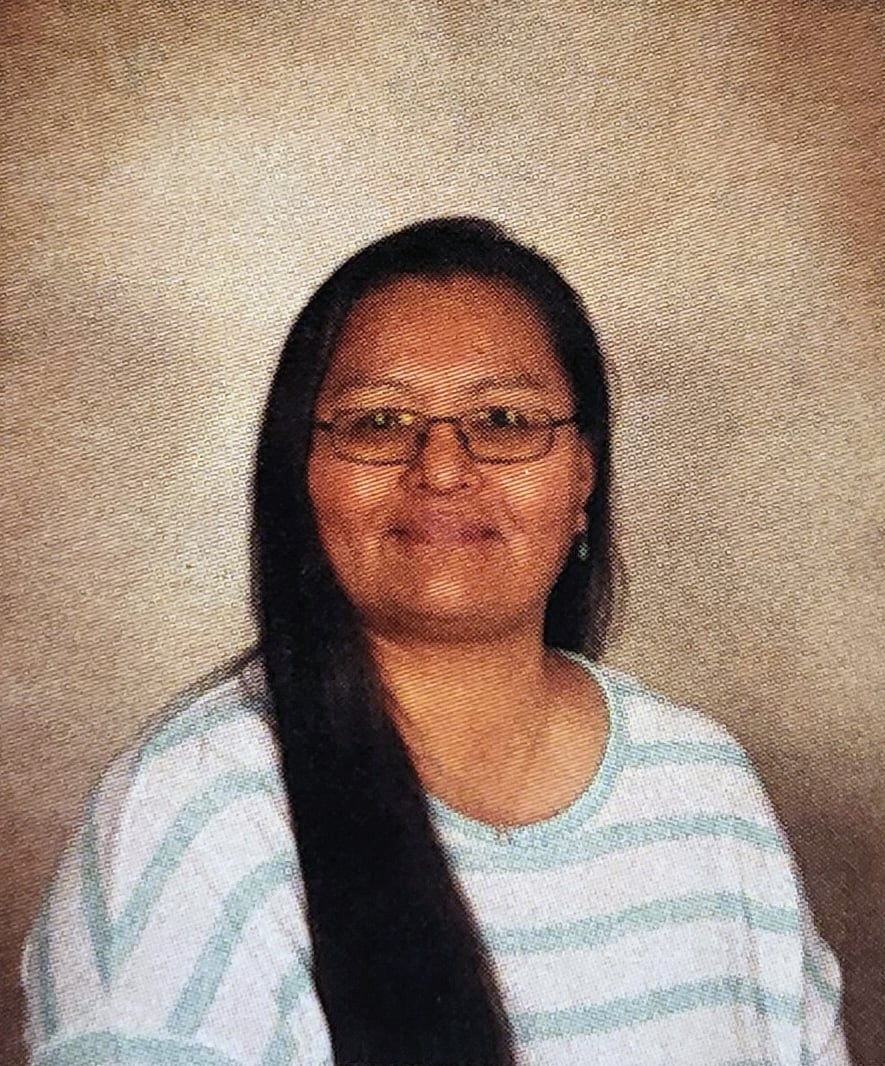Yuliya is fluent in two languages: her first language, Russian, and English. Even though the DLL children in her classroom speak Spanish (a language Yuliya is not familiar with), she finds that her personal understanding of what it means to be a linguistically diverse learner makes her a more responsive teacher. “It helps me understand the whole process of learning language,” she says. “I’ve been through it myself. It kind of helps me find the right approach to non-English speakers a little better because I have been through the same process before, too.”
Her favorite approach to supporting children learning English?
“Talk to them! Have conversations with them. Just expose them to language.” Yulia and her fellow teachers also use plenty of visuals throughout the classroom and rely heavily on modeling. She also uses the 14 Talking Tips with every child in the classroom, but especially with her DLLs. Her favorite tips:
- #1. Talk about what you’re doing and thinking.
- #2. Comment on what they’re doing or looking at.
- #3. Name things that they’re interested in.
Her approach seems to be paying off. She has seen “improvements in data and assessments like TS Gold® data. I see growth with language, understanding, and talking… If I am consistent and using all the tips and all the strategies and modeling and peer support, then definitely I see the results.”
Sharing her heritage language is important to Yuliya. “Sometimes, I share with children some Russian words, too. Just to expose them. It seems like they are enjoying hearing different language and different words. They are kind of amazed that different words can have the same meaning. I definitely make a point that it’s my [native] language that I am speaking. They are excited to know some words that their teacher is speaking.”




